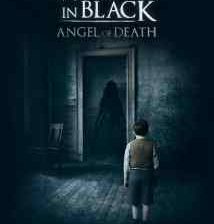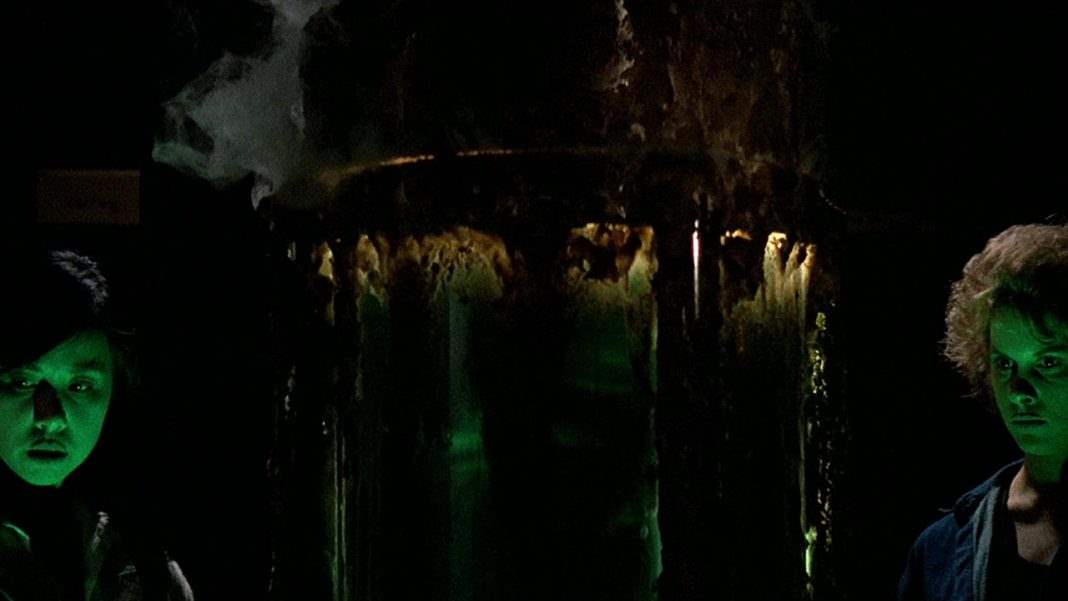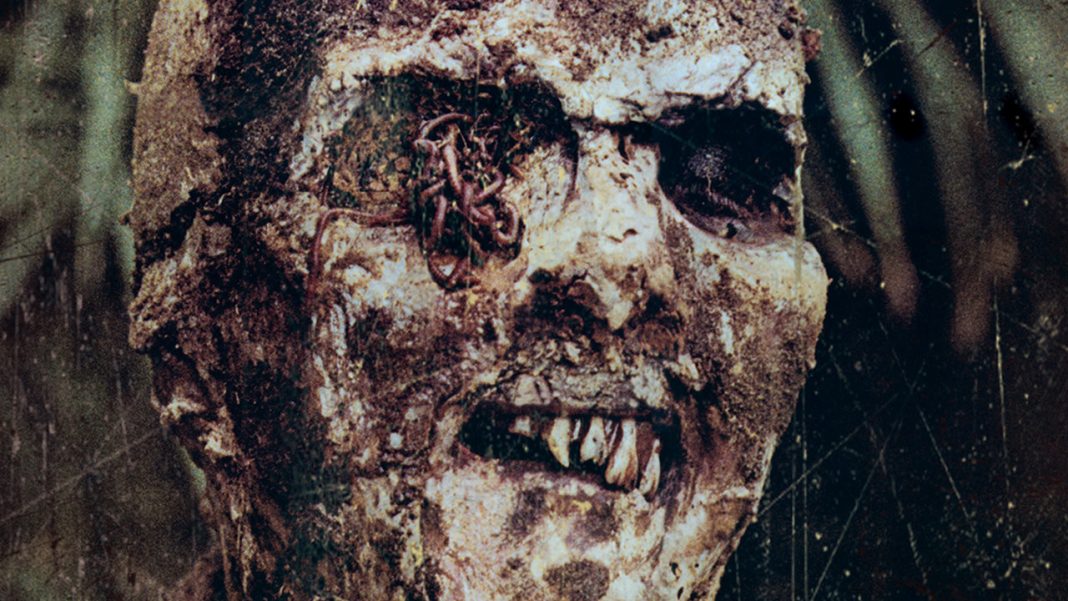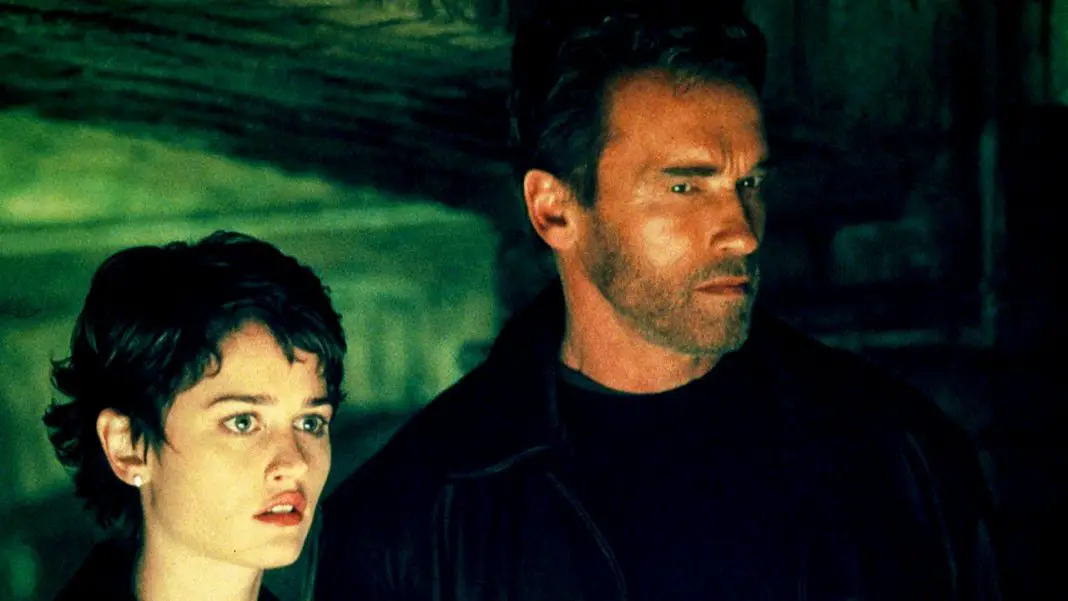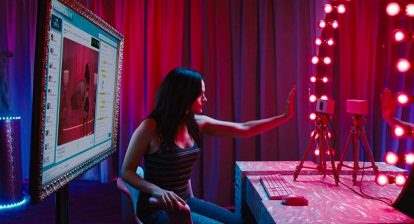Suzy Bannion (Jessica Harper) arrives in Germany where she is attending an all female dance academy. Once there, she discovers that something about the school is amiss. Things are not as they seem. The faculty is distant and secretive. Her peers have unusual tendencies. People keep dying suspicious but seemingly accidental deaths. And strange goings on abound. Suzy soon begins to suspect that witchcraft is being practiced on the premises. But she must piece it all together before she becomes the next student to meet with a tragic “accident”.
Suspiria is arguably Dario Argento’s finest work. It has been hailed as one of the 100 scariest movies ever made by Entertainment Weekly Magazine. And it is revered by horror fans and cinephiles alike. It is one of the most perfectly imperfect films ever made. Suspiria is very incoherent and the plot is threadbare. But the visuals, the striking and beautiful use of color, and the score more than make up for any perceived shortcomings. Realistically, there are very few Dario Argento films that can be called cohesive. Argento really isn’t known for making films that are heavily reliant on plot. The director’s ability to tell a story in pictures, colors, and sounds is that is what makes his films so unique. The highly visual nature of his films sets him apart from his contemporaries.
The performances in Suspiria seem about average, at best. But it’s impossible to truly judge the acting in the film because the entire picture was dubbed in English during postproduction. Either way, the quality of the acting is neither here nor there. It’s not the performances that draw fans to Suspiria. It’s the striking visuals, brilliant use of color, and highly unsettling score that make the film so terrifying. Argento uses color to tell his story and it’s absolutely intoxicating. He uses the deepest of reds to saturate the screen with. The colors are so vibrant that it feels like the viewer could reach through the television and grab what’s on the other side.
Suspiria is quite violent and full of memorable death scenes. There is a scene where a character gets stabbed through the heart and the production team rigged it so that the viewer can see the knife stabbing in and out of the still beating heart. There are plenty of other well-executed effects but the heart stabbing is the most profound and easily the most memorable.
Almost immediately, the film builds a mounting sense of dread for the viewer. The audience quickly becomes afraid to learn what will happen next. But morbid curiosity keeps the audience fascinated by what is unfolding before them. The film is cleverly paced. It zigzags a bit and it goes to some unusual places for the purpose of misdirection. But it all works together for the greater good of the picture.
The film’s finale is completely epic and totally surreal. It feels like a dream. The bizarre nature of the film’s ending is delightfully unexpected. There are multiple visually striking elements at play during the finale and the score by Goblin is going at full volume to add to the already intense nature of the sequence. The conclusion to Suspiria is among my favorite horror film finales of all time.
If you are unfamiliar with Italian horror, Suspiria is a great place to start. It is a wonderful introduction to Argento’s aesthetic and to Italian horror as a whole. Suspiria is a must see feature film for any horror fan, particularly fans of 80s slashers, as the Italian horror films of the 1970s were a huge influence on the slasher films of the 1980s.
Wicked Rating: 10/10
Director(s): Dario Argento
Writer(s): Daria Nicolodi, Dario Argento
Stars: Jessica Harper, Stefani Cassini, Flavio Bucci
Year: 1977
Studio/ Production Co: Seda Spettacoli
Budget: Unknown
Language: English, Italian, German, Latin, Russian
Length: 92
Sub-Genre: Supernatural Horror

